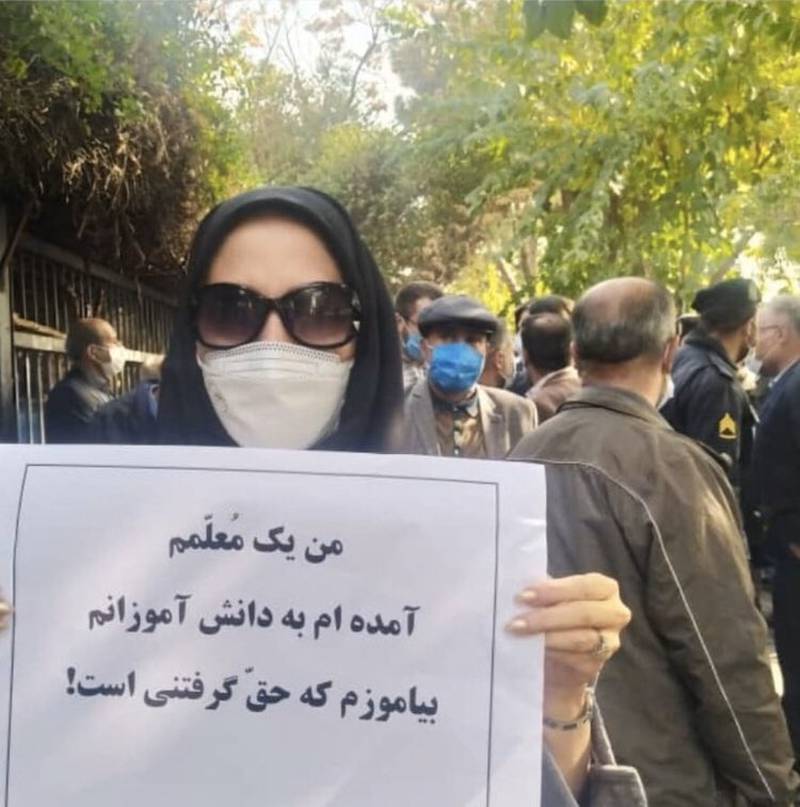Protests and strikes persist around the globe as workers continue to struggle for their basic rights. Iran is no exception, and has seen workers from across the labor spectrum organize strikes and protests to demand better working conditions, fair wages and improved benefits. In recent days, demonstrations by Iranian teachers have again spread across several cities in Iran and gathered large crowds in support.
Iranian teachers have struggled for such rights for nearly a century, starting in 1922 with the first union actions taken by Iranian teachers to demand better conditions for themselves and their students. Throughout these many decades, there have been times of heightened activity as seen in recent years. However, in addition to contesting their working conditions, Iranian teachers have had to endure a second injustice by facing state suppression of their protests.
In November of 2018, Human Rights Watch reported increased crackdowns by Iranian authorities against teachers and labor activists, after teachers organized a walkout to demand fair wages in light of inflation and increased costs of living. This alarming pattern was repeated in October of this year, as Iranian security forces arrested union activists, such as Aziz Ghasemzadeh, in Iran’s northern province of Gilan.
Now, Iranian teachers and supporters of the demonstrations are demanding not only fair wages and benefits, but also an end to discrimination in the education system, the release of jailed labor activists, and protection for their right to assemble. Thus far, the protests and nationwide teacher’s strike have spurred the Iranian parliament to debate wage hikes. Nevertheless, reports from teacher’s protests in recent days also show security forces using undue force against protestors. Instead of criminalizing teachers and workers for exercising their most fundamental rights, Iranian authorities must heed their calls for livable wages, better working conditions, and an improved educational environment for young Iranian students.
Back to top

